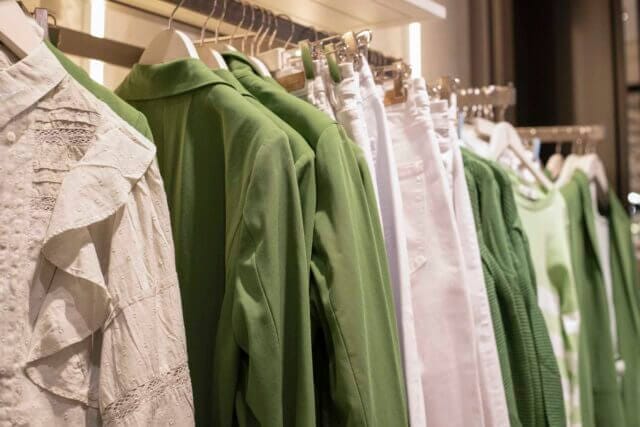
According to Remake, the average American buys 16 new pieces of clothing every 3 months. This accounts for roughly 9,705 liters of blue water, 207 kg of CO2e, 9.1 kg of waste, and this is only on an individual level in one country.
It is said that the industry is responsible for 2-8% of Global Greenhouse Gas Emissions. In countries like Vietnam, Bangladesh, Pakistan, and Cambodia, extreme heat and flooding will have put 958,000 livelihoods at risk by 2030 due to climate-related vulnerability, fueled by low wages and wage theft.
In the midst of this reality, citizens have realized that they too can be a part of the change, as shown by TikTok’s anti-consumption movement, as described by Cernansky in Vogue. #deinfluence has been used 26,000 times by people intending to promote a more joyful relationship with our clothes.
What is Slow Fashion?
This is where slow fashion comes in. It is a lifestyle that can mean opting out of fast fashion, buying less, taking care of the clothes you have, and when buying new clothes, thrifting or supporting ethical brands.
As such, slow fashion is a worldview, a systematic way of engaging in all aspects of fashion from resource to production, to wearing and disposing of our clothes. It also implies that the degrowth needs to happen more strongly in the Global North Countries, which are currently taking resources from the Global South. The scholar, Kate Fletcher, talks about the concept of slow fashion as being a shift in values and also in economic systems.
Sustainable fashion practices, far from new, are rooted in traditional black, indigenous, and non-Western worldviews. According to Dominique Drakeford and Nikki Sánchez, the extractivist way of looking at land and people that leads to the linear model of take, make, and throw away is a colonial mindset. One that assumes a relationship to land and people of ownership.
Instead, the systemic view of stewardship, community building, natural dying, and having long relationships with our clothes that can be passed down was, and still is, a BIPOC worldview.
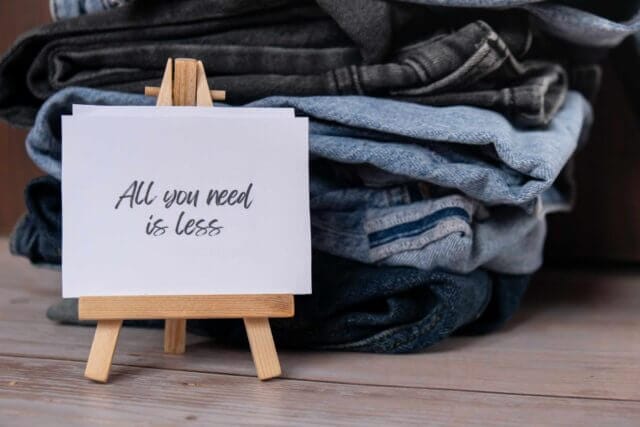
Where Does the Term Slow Fashion Come From?
The term Slow Fashion, according to Fletcher, was borrowed from the Slow Food movement which started as a way to reconnect with small traditional production, the pleasure of cooking, and eating; as a way to connect people with their communities and regions through food.
Slow fashion takes a similar approach but with fashion instead of food. For example, seed-to-garment approaches from brands sourcing organic materials from one region and no hazardous chemicals. For example, the way Outerknown sources from Perú.
On the consumer side, it can look like the rapidly rising wardrobe inventories to see what you enjoy wearing from your wardrobe, and how many times you do so.
A Slow Fashion Mindset and Consumption
A slow and regenerative fashion mindset has been lived and taught by people of the global majority for centuries. Colonialism is why we have forgotten it.
One crucial part of working towards fixing this is how we can be mindful and interact with our clothes, beyond consumption. Indeed, fashion consumption researcher Vladimirova says that 97.9% of our fashion budget is destined for buying new clothes. Slowing down could mean only 40% of that budget is used to shop so the other 60% can be divided between maintaining what we own and experiences like renting.
Some Approaches to Join the Slow Fashion Movement
If you are wondering what you can do to make that slow fashion choice, here are some examples of things we can do and projects that encourage us to slow down today.
The Rule of 5
The Hot or Cool Institute said in 2023 that to be within planetary and social boundaries we should only buy 5 new pieces of clothing a year. This inspired Tiffany Drake’s “Rule of Five Challenge” in which people were encouraged to divest from buying garments and instead re-discover how to engage with clothing.
Some of the things that were allowed in the challenge are practices that have been available to us for centuries and are rooted in community and local values: mending, altering swapping, and making your own clothes.
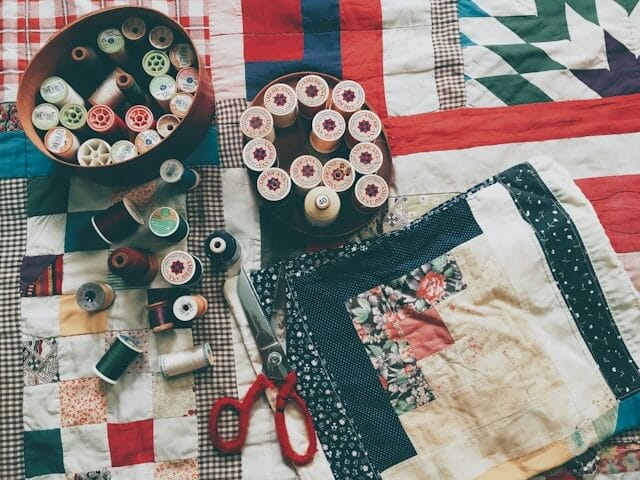
Mending, Altering, Repairing
We need to re-learn how to care for our clothes and each other. This is part of the slow fashion mindset. To do so you can enter a mending club in your city or even volunteer at a repair cafe.
The Capsule Wardrobe

Instead of buying mindlessly and constantly staring at your closet feeling like you have nothing to wear you can downsize for versatility and true style. How? Choosing 10, 20, or 37 timeless, long-lasting pieces that go with everything else and can be dressed up or down, depending on where you are off to.
Want to know more about how to build yours? Read our guide to capsule wardrobes.
The Consumption Project
Founded by Cassandra Pintro, from Vogue, this is a place to take pledges and learn from each other. People can pledge to wear a capsule wardrobe of 30, 45, or 60 pieces; or they can commit to not buying clothes for 365 days. Designers can commit to producing with a made-to-order model, minimal inventory, quality, transparency, and collaboration.
A CookBook to Make Your Clothes
In this book, you will find detailed and easy patterns to make your own clothes. The designs come from professional designers, made by Angela Luna and Loulwa Al Saad.
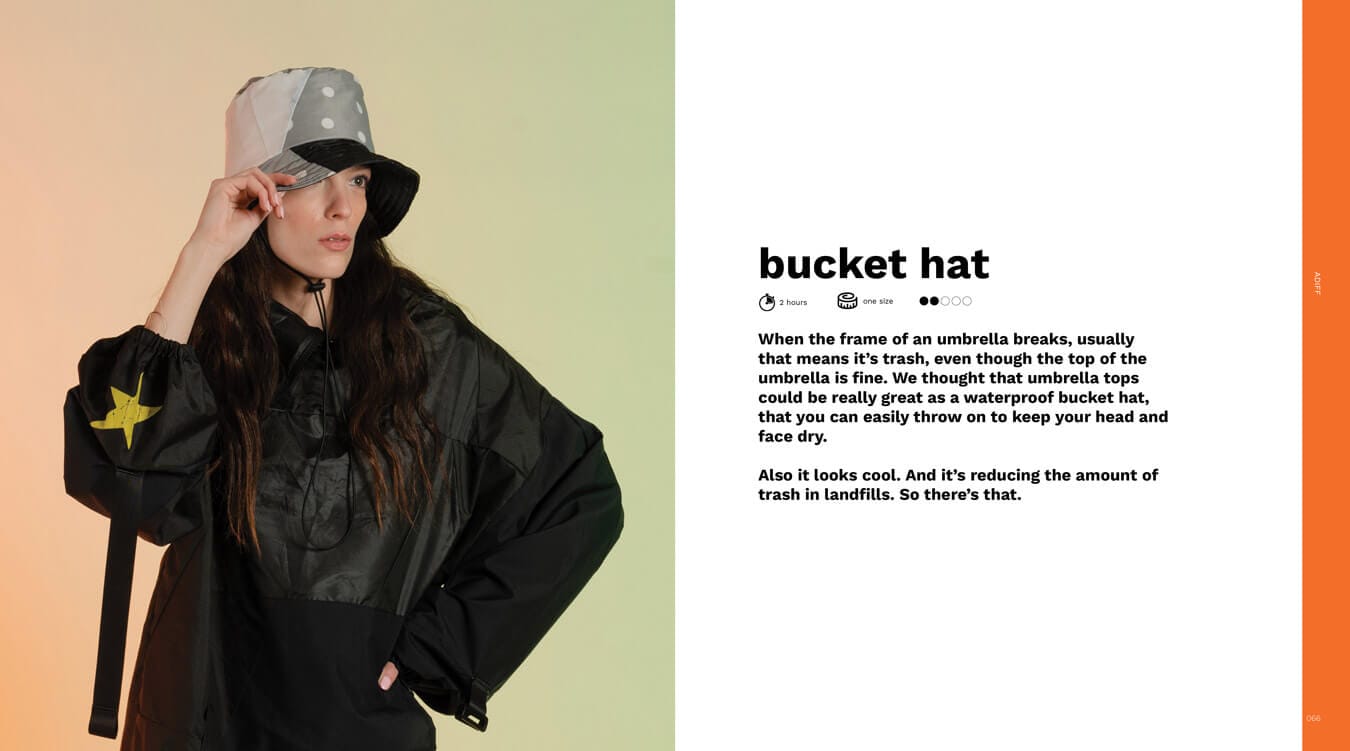
Slow Fashion Brands: Sustainable and Ethical Production
Slow Fashion production implies moving away from the fast fashion mindset that promotes selling thousands of new styles daily to feed artificial needs of worthiness through the consumption of goods made under dire conditions for people and the planet.
Contrary to fast fashion, slow fashion rests upon finding ties to the land and community again, as well as making clothes in small batches, that are made with quality and longevity in mind. Some examples of this are producing with a made-to-order model, making truly circular garments, making clothes with traceability and impact from seed to garment.
How can we make slow fashion something more attractive to partake in? By Brittany Sierra
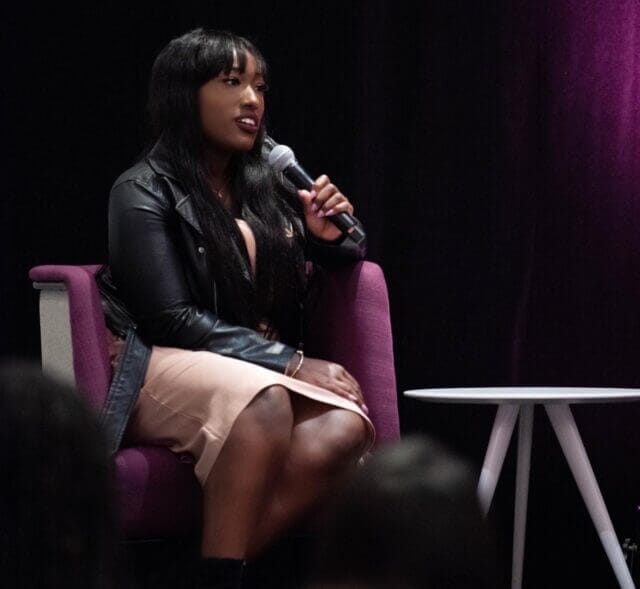
Fast Fashion brands and fashion brands in general, have spent years and lots of money perfecting ways to make the buy-and-dispose lifestyle enticing. So for people to make different choices, the industry needs to make slower lifestyles and fashion way more attractive.
We asked Brittany Sierra, an expert on the topic, CEO of the Sustainable Fashion Forum, and founder of the Green Behavior podcast, how brands could do it. This is what she said:
“One way to make slow/sustainable fashion more attractive is by fostering a sense of community and brand loyalty, similar to what fast fashion brands have successfully done.
People are drawn to brands they can identify with and proudly showcase, helping them signal their status and fit in. Fast fashion brands achieve this through aggressive marketing strategies, leveraging social media, influencers, and collaborations to stay constantly visible and relevant. However, many slow/sustainable fashion brands often do not prioritize their marketing strategies to the same extent and struggle to build the same level of brand affinity and community.
Slow fashion brands should adopt more dynamic and innovative marketing tactics to capture and maintain consumer interest. By doing so, they can resonate more deeply with their target audience and create a compelling value proposition that rivals the allure of fast fashion.
Ultimately, slow fashion brands need to innovate and adapt their marketing strategies to resonate more deeply with their target audience. By focusing on building a strong community and brand loyalty, slow fashion can become not only a more attractive choice for conscious consumers but also a desirable option for mainstream consumers.”
-Brittany Sierra
What do you think the role of social media should be in promoting slow fashion?
“Social media has played a crucial role in the rise of fast/ultra-fast fashion brands like Shein who leverage these platforms to create social proof, encourage social signaling, and build community. In the same way, slow/sustainable fashion can do the same. Of course, it will look a bit different but I think the first step is to prioritize it.”
-Brittany Sierra
5 Kinds of Sustainable Fashion Brands with Examples to Choose From
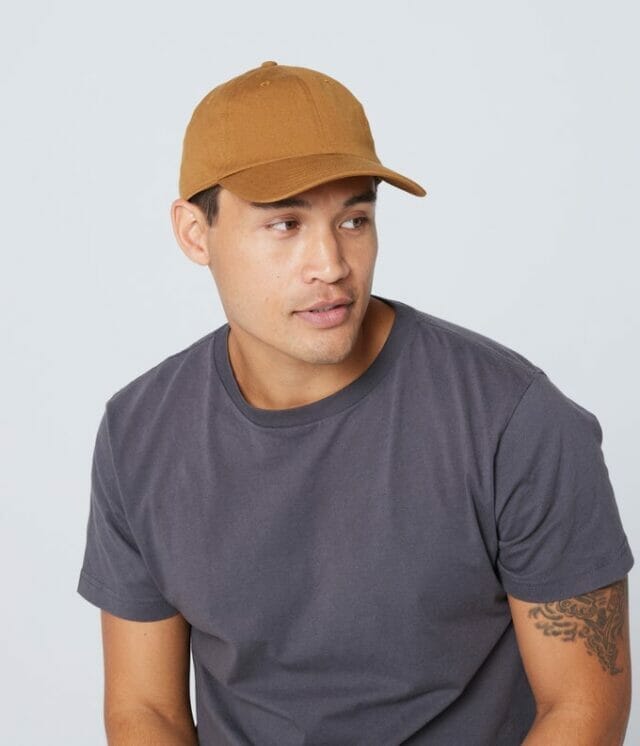
1. Seed to Garment: Fair Trade Brand KNOWN SUPPLY
This is the case of KNOWN SUPPLY. They start with GOTS Certified organic cotton and all of their factories are Fair Trade Certified. Plus each of their pieces is signed by the maker so you know who made it.
Fair Trade means the workers get fair wages and a premium price to reinvest in the community, among other things. They have slower lead times and know where every part of the supply chain is done, and under what conditions.
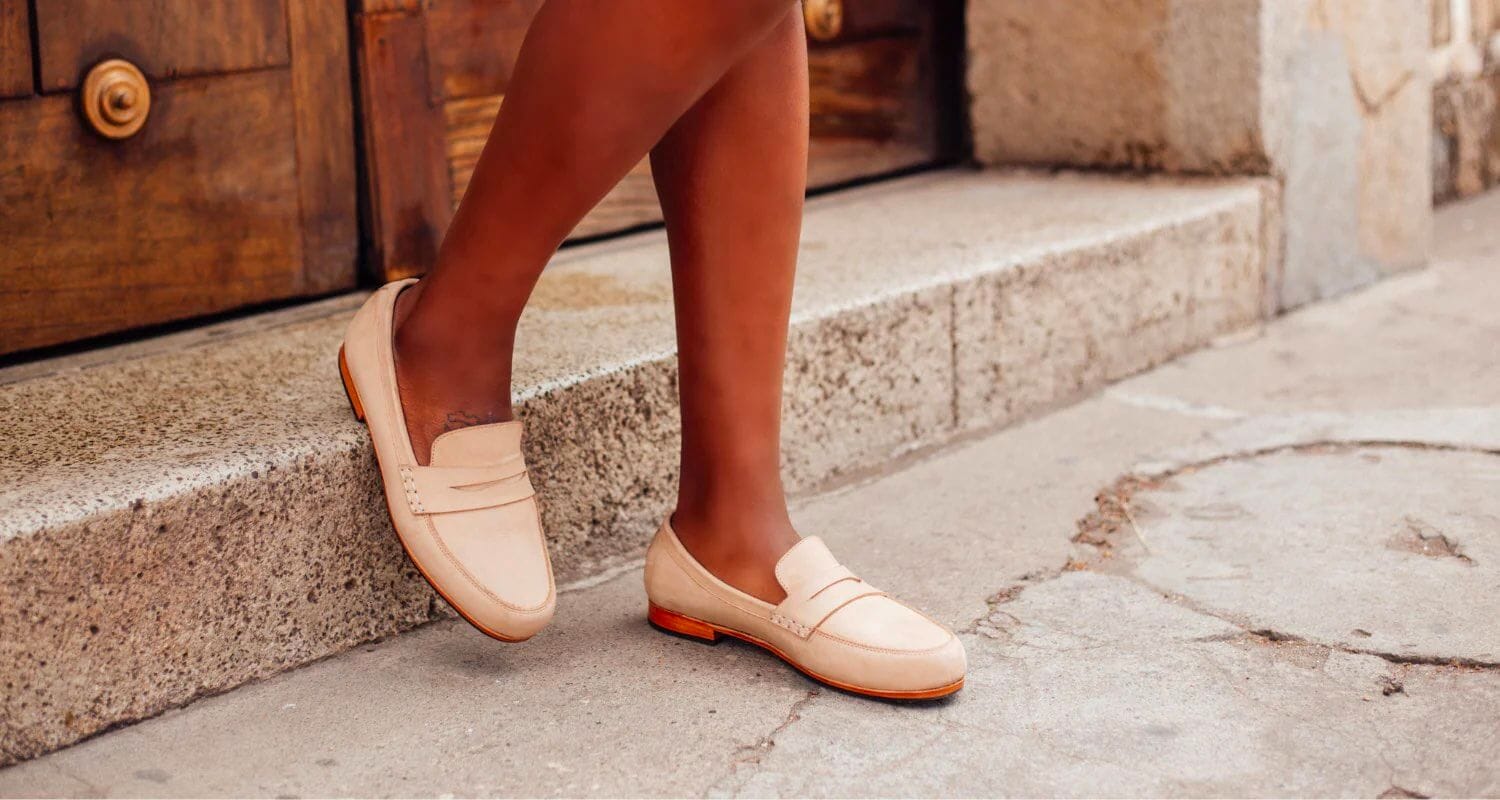
2. Made-to-Order Model: Adelante
Having no inventory is another way fashion brands can slow down. Making sure they only produce what is previously ordered, hence no unnecessary resources are used or products end up landfilled.
This is the case of Adelante. All of their shoes are handcrafted to order in their factory in Guatemala, where all artisans earn a living wage.
3. Brands Embracing Recyclability and Leasing
Mud Jeans allows you to lease instead of own your jeans, swap them for new ones, and return them for recycling at the end of your life.
Girlfriend Collective has a take-back system called ReGirlfriend for your bras and leggings to be turned back into new ones, once they are no longer wearable.

Patagonia is now making Wetsuits from Yulex, natural rubber that can be recycled back into new ones and used to dye other products like packs; this new material also reduces CO2 emissions by 80%.
On the larger scheme of things, the global initiative Fashion For Good is working with multiple stakeholders to use AI tech to better and faster sort textile waste, “to collect product information — such as color, style, garment type, and quality”.
4. Brands Investing in Regenerative Agriculture
According to the Regenerative Organic Alliance, “Regenerative organic agriculture is a collection of practices that focus on regenerating soil health and the full farm ecosystem”. It is done with a myriad of practices like cover cropping, crop rotation, no chemical pesticides or fertilizers, rotational grazing, and composting.
What we now call regenerative agriculture was a resistance technique that black enslaved folk used to gain food sovereignty. Since they could not own land, they did guerilla crops: where they farmed within forests and foraged within an ecosystem already in existence. They also made provision crops, dedicated to food, with the local seeds they hid in their hair, things like root vegetables or jam, according to Dominique Drakeford.
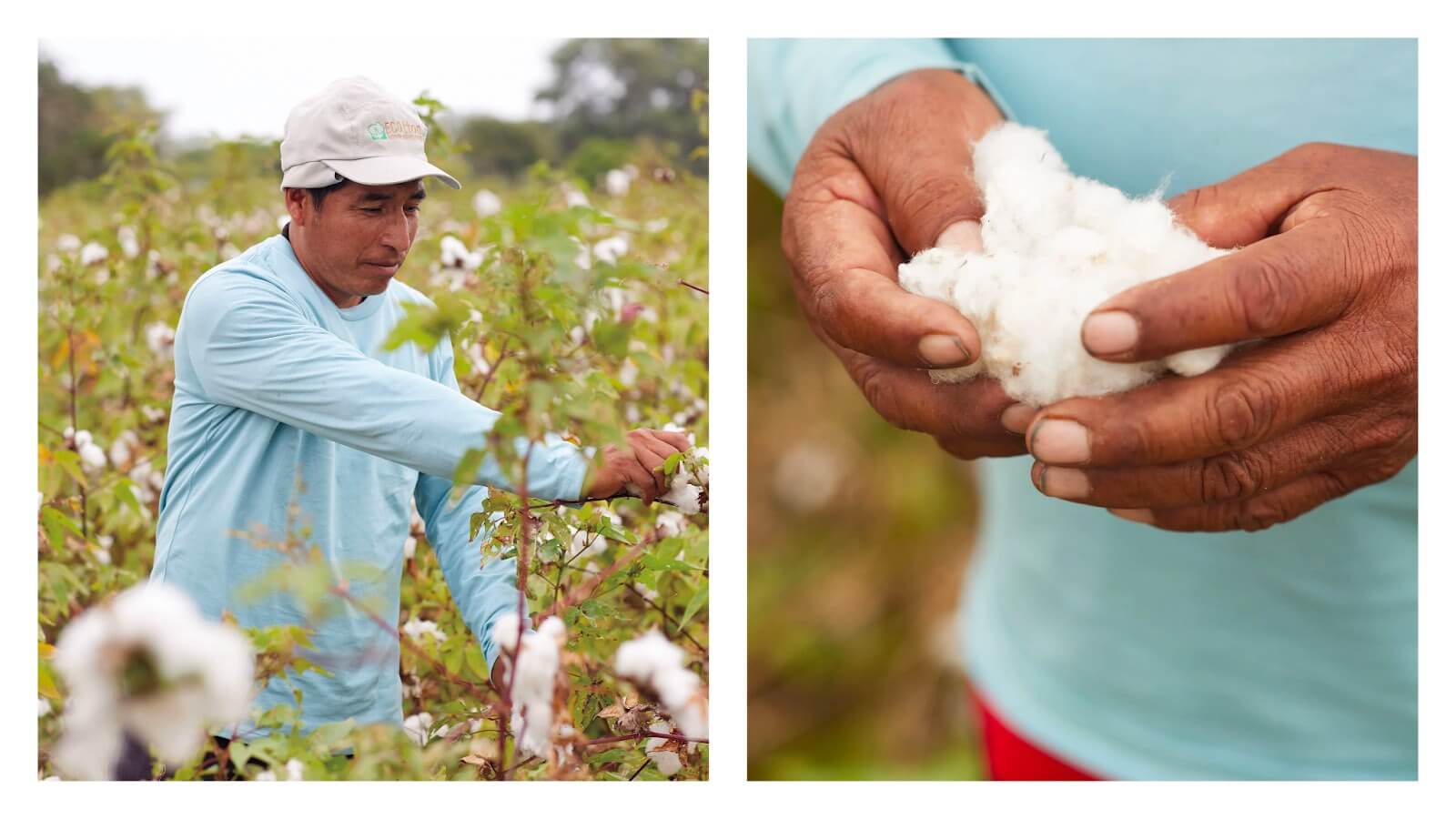
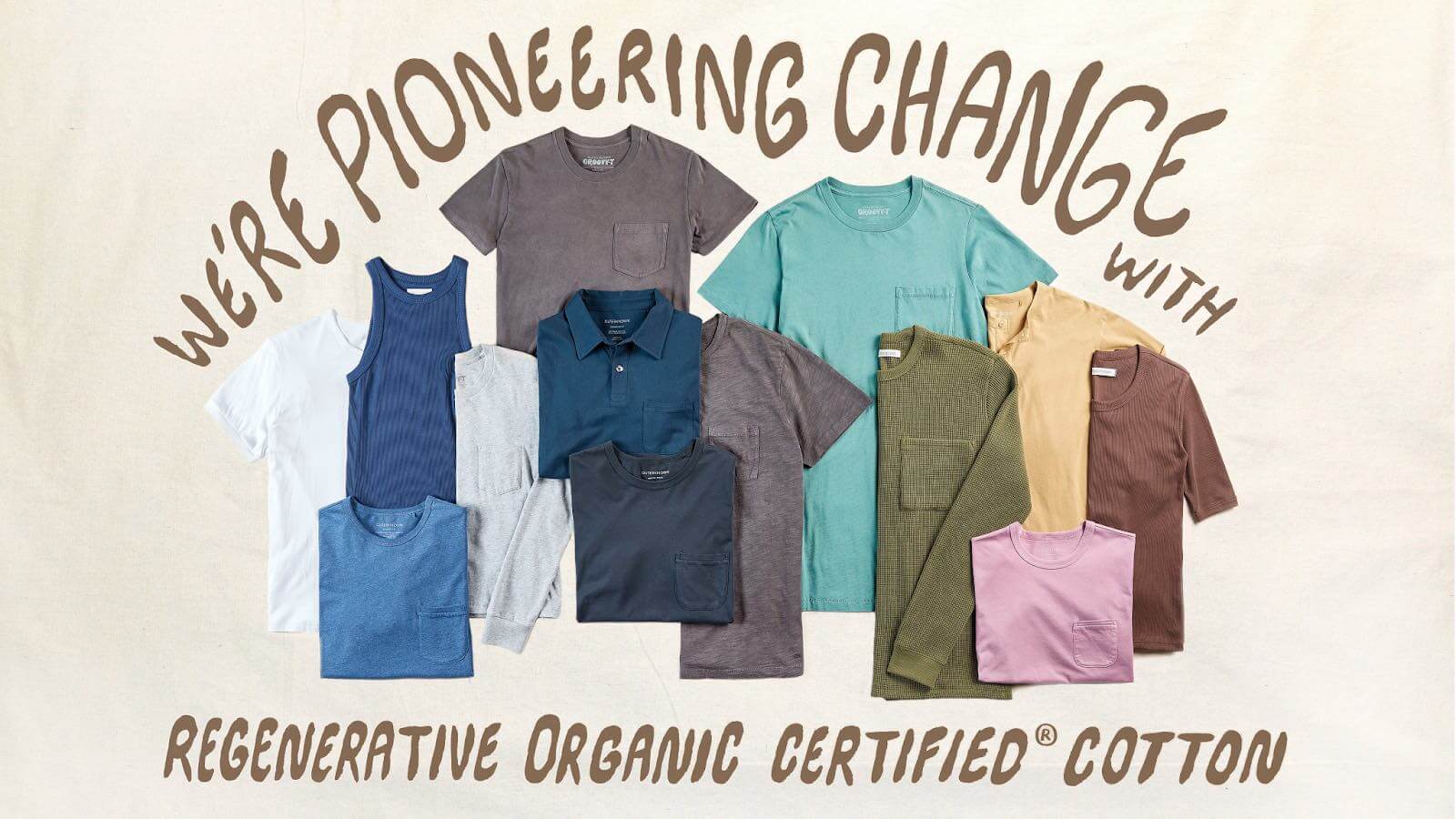
One brand doing this work is KOIO with its regenerative leather shoes.
Another one is Outerknown, which offers Regenerative Organic Certified Cotton shirts and polos. Their fabric is sourced from Bergam/Rivera: the third organic cotton producer to receive certification from the Regenerative Organic Alliance. In 2022, this partnership converted 28 acres of farmland to regenerative practices and produced 10 tons of regenerative cotton. You can trace the whole process here.
5. Ethical Fashion Brands that are Handcrafted by Local Artisans

Brands like Nol Collective are fighting for the farming, dyeing, weaving, and embroidering traditions of Palestine not to be erased by historical and current military occupation. They work with family-owned businesses, artisanal workshops, and women’s cooperatives. They are known for the incorporation of their traditional majdalawi weaving and Palestinian tatreez (cross-stitch embroidery).
If you’d like to find these kinds of ethical and locally crafted items all in one place though, Ten Thousand Villages is a marketplace where local makers can reach the global market. Every product found on their website is made by paying fair wages, continuing handicrafts, and embracing sustainable practices.
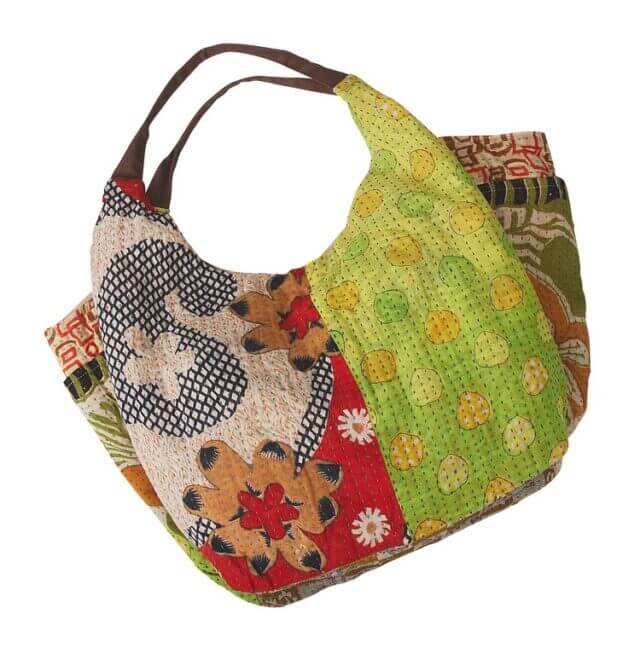
You can, for example, get a raspberry wool beanie made in Nepal by artisans of the Kumbeshwar Technical School that teaches them technical and vocational skills, and also doubles as a primary school for 200 children, as well as a workplace daycare. Or if upcycling is closer to your heart, you can also find recycled sari cotton slouchy bags made by women artisans in Bangladesh, under the organization Action Bag that provides education and fair trade opportunities.
What are the Benefits of Slow Fashion?
With slower production, we can achieve a lower environmental impact with less resource depletion, less CO2 emissions, less waste in landfills, and less water contamination. This would also entail systems that are designed for fashion to be brought back as clothing again at the end of its life.
We can be a part of engaging in a fashion industry that treats and pays people fairly. Know The Chain has assessed that fashion and especially luxury are indeed not doing enough to get away from forced labour.
With a slower mindset we can live fuller lives, not being dissatisfied and swayed by trends, but instead having a better relationship with our wardrobe. We can find creativity in new ways to wear our pieces. We can re-engage with learning skills and our community crafters, as well as invest in sustainable clothing.
Slow Fashion Advocates
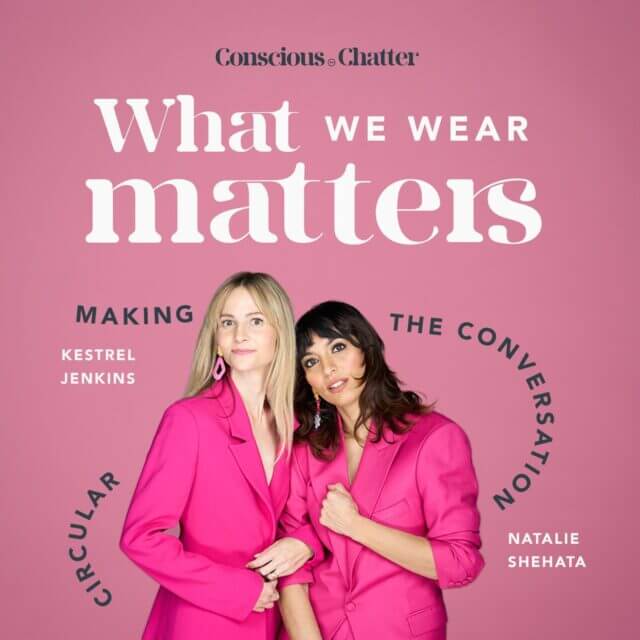
We are, of course, a great resource if you want to learn more about ethical and sustainable practices in fashion. Here are a few others we also recommend.
- Kestrel Jenkins and Natalia Shehata of Conscious Chatter
- Writer Aja Barber
- Slow Factory founder, Céline Semaan
- Brittany Sierra of the Sustainable Fashion Forum and Green Behavior Podcast
- Yatu Widders Hunt, founder of the Australian Indigenous Fashion Collective
- Activist Aditi Mayer
Want to Learn More About Slow Fashion?
Sign up for our newsletter! You’ll be the first to know about new content like this and get tips to dress like you give a damn.

Adela is a Colombian storyteller, content maker, strategy consultant, & event producer, specializing in sustainable fashion, mental health, and gender issues.










1 thought on “What is Slow Fashion? A Guide”
Very informative article! I understand more about the concept of slow fashion and the importance of choosing quality and sustainable clothing.